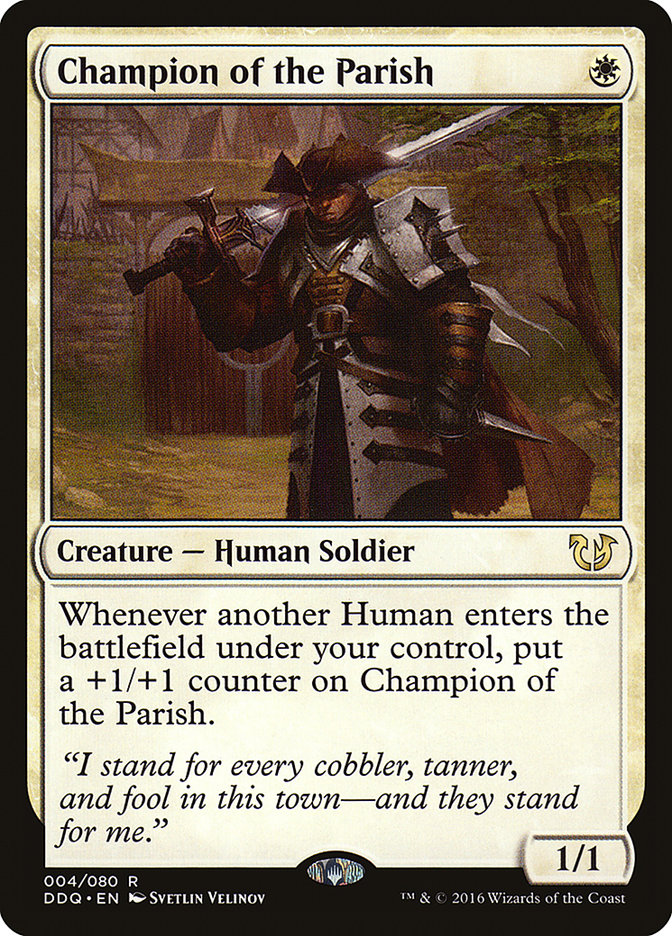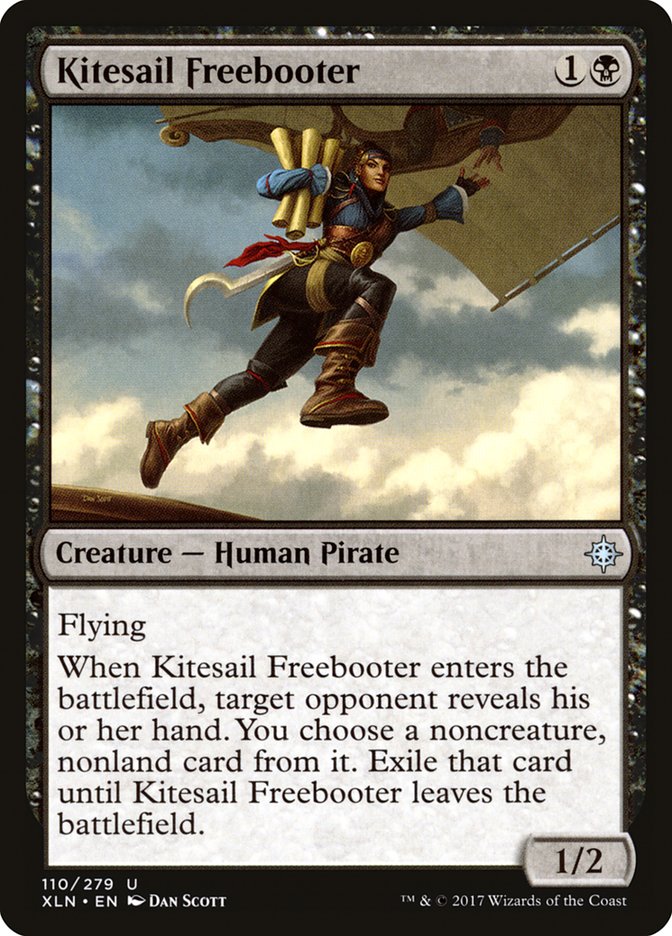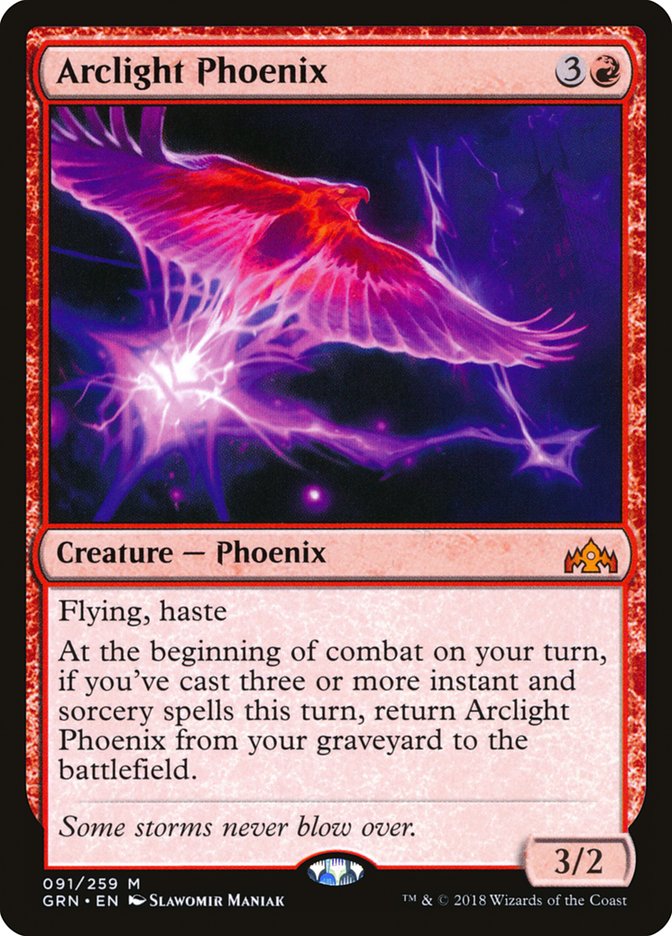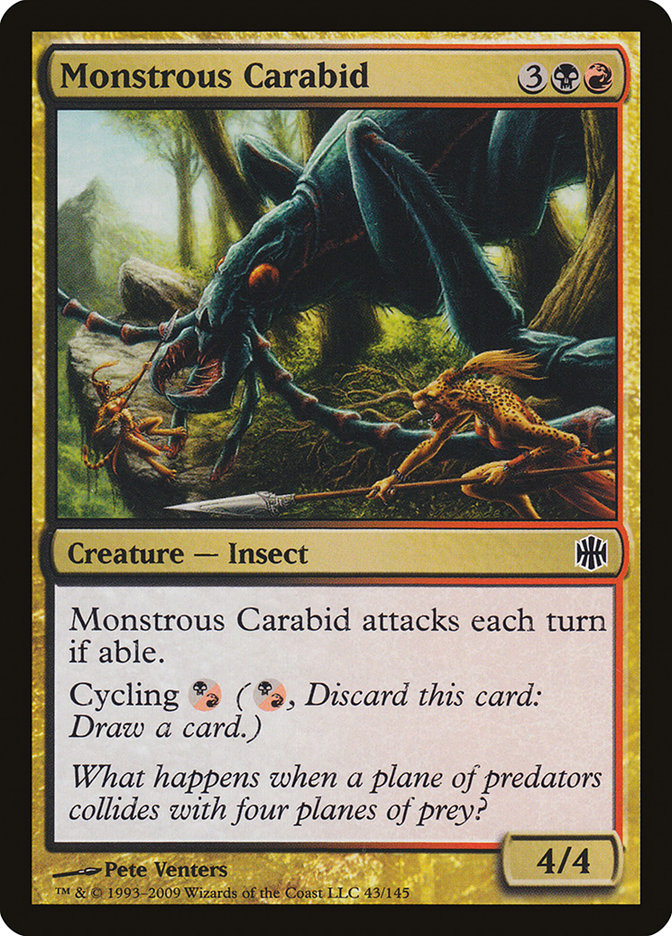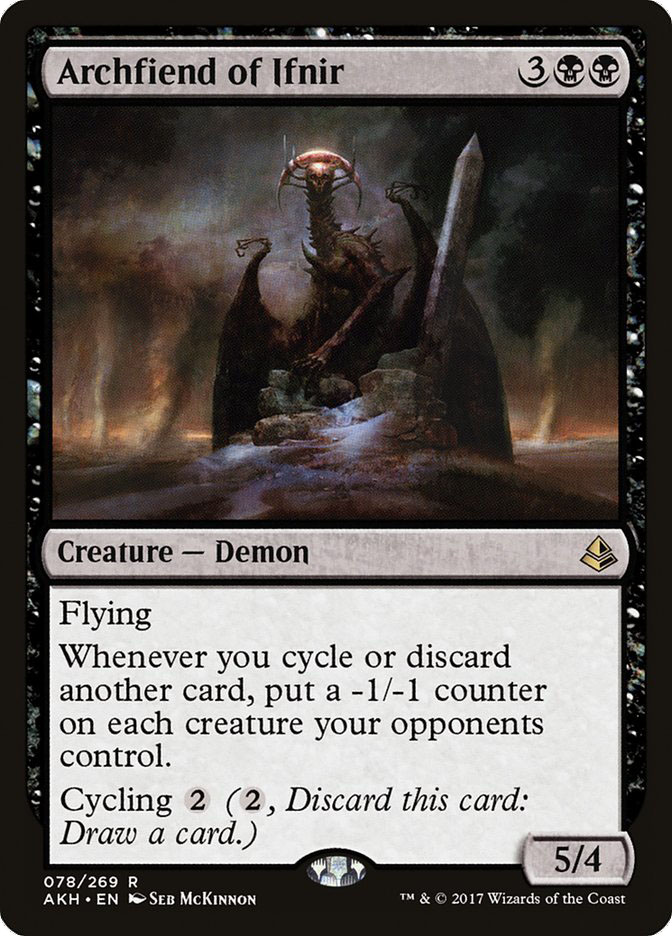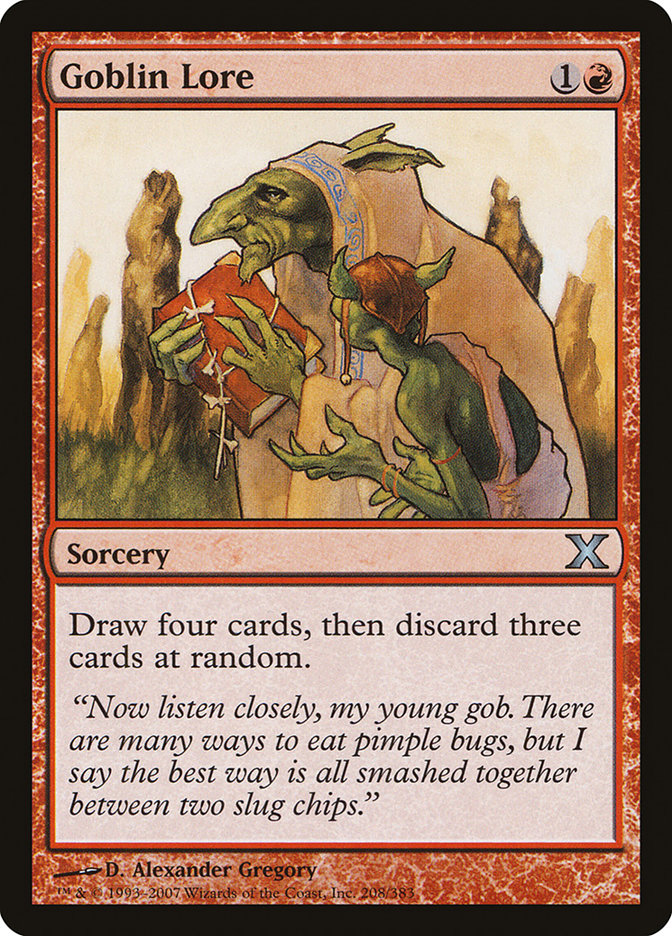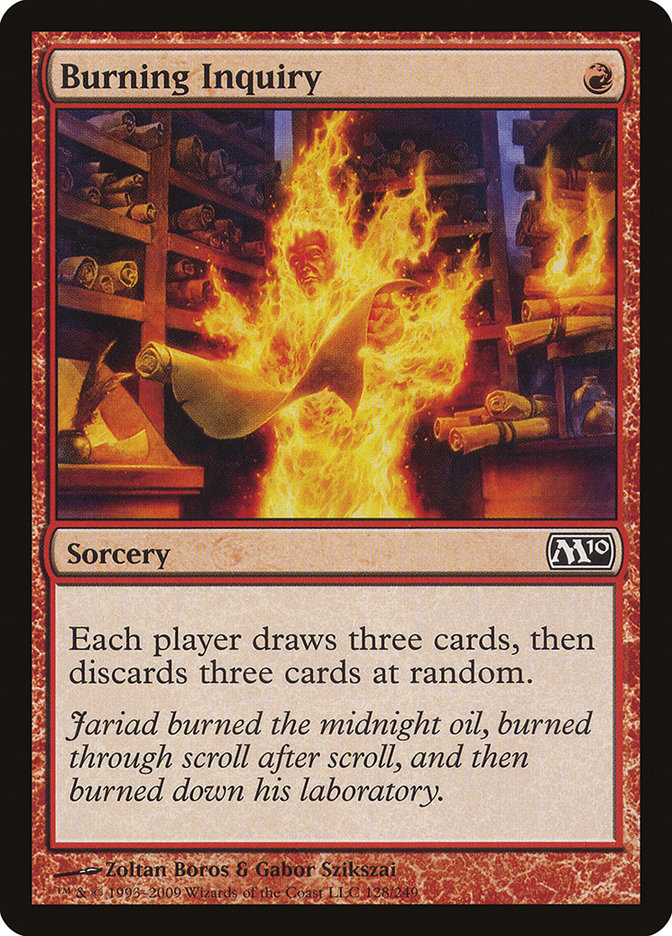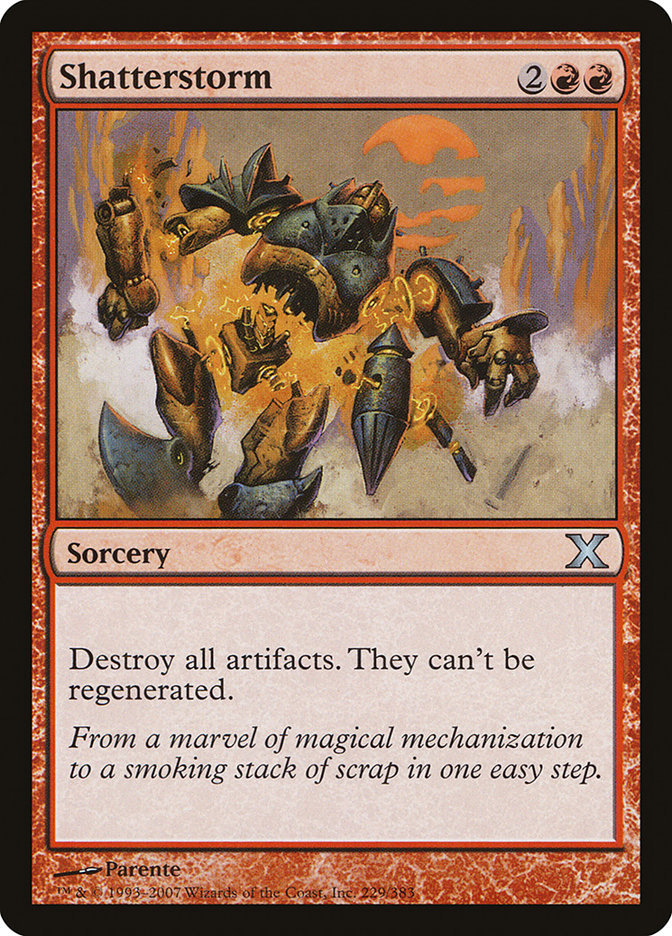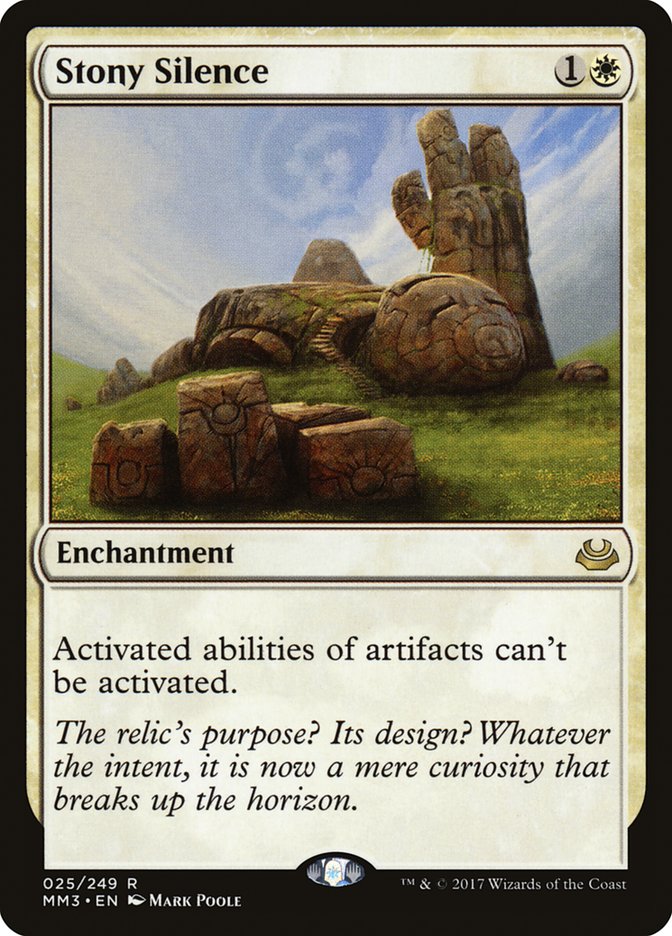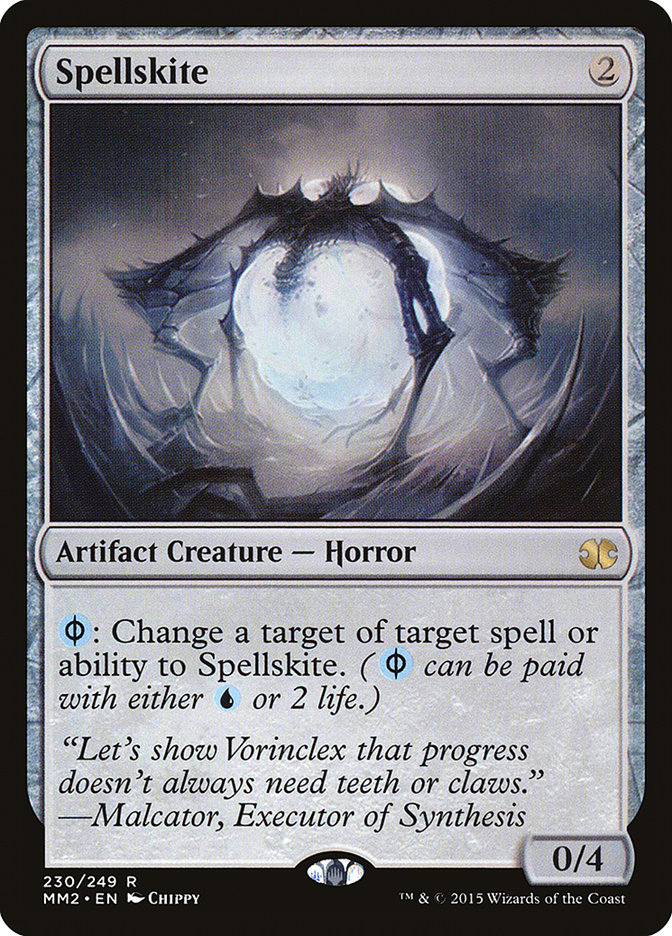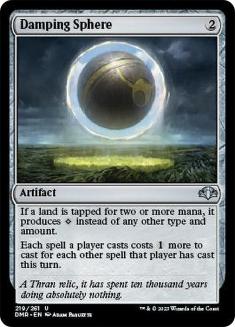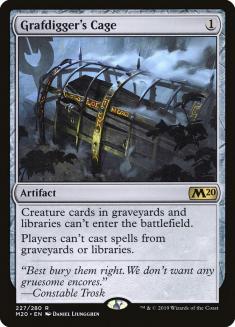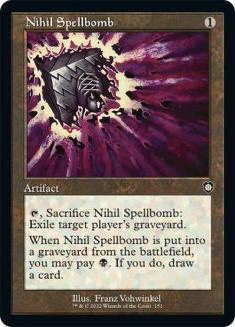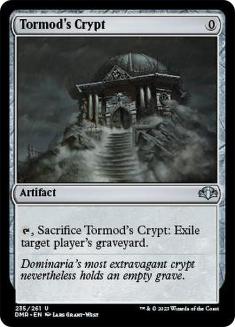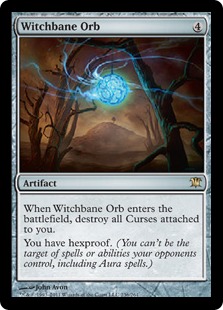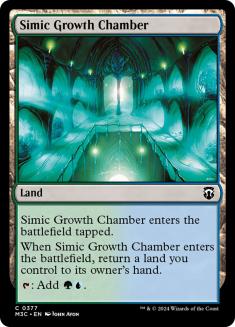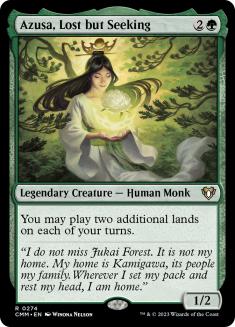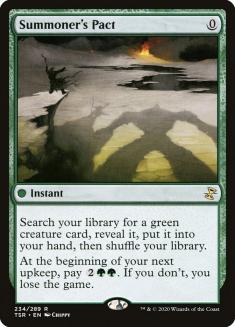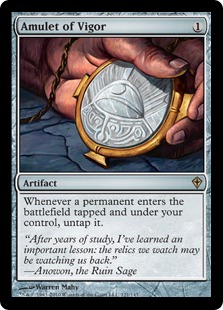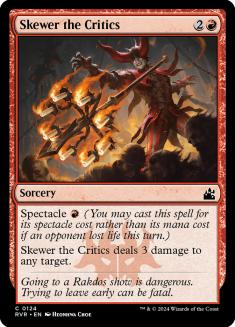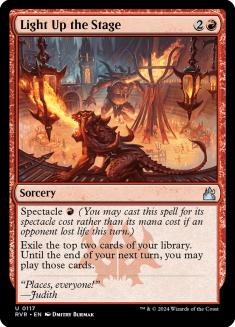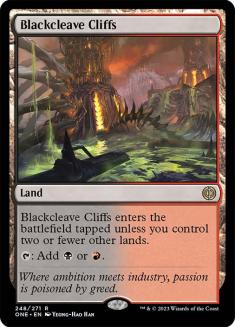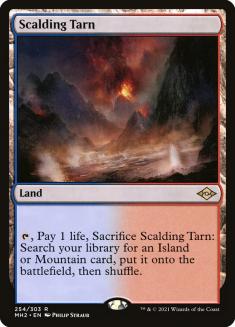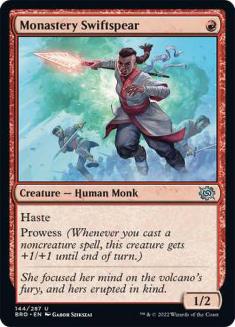Faithless Looting is still legal. Regardless of our feelings on the situation, that’s the reality of Modern right now, and it’s time to accept how things are for the moment.
Things didn’t seem so stable in the metagame this time last week, with players being unsure if they’d be registering the same graveyard strategies they’ve come to know in the last few months or looking somewhere else. Now that we have an idea of what the format is going to look like, entering into Modern tournaments, and succeeding, will be a matter of knowing your enemy and how they operate. Part of this process is both learning what we need to beat up on, and what we could be doing better with our own deck selection in order to give ourselves the best shot at success.
The Disruptive Aggro Deck
Creatures (15)
Lands (17)
Spells (28)

Decks being outpaced by Grixis Death’s Shadow: Humans, Infect
The first time I wrote an article like this, Humans was the best disruptive aggro deck.
What’s changed?
This time last year, decks were either trying to grind creatures to oblivion with a ton of removal or were linear decks that played a piece or two of spot removal to try to take out the important threats and simply power through everything else. Humans was great at capitalizing against these strategies because the sheer quantity of creatures in the deck gave it a natural redundancy against spot removal.
The play patterns of decks today are more linear than they were before, and as a result, Thoughtseize and Stubborn Denial are absolutely incredible. This is rooted in the fact that the linear strategies people are paying are built on enablers and payoff cards.
Strategies like Amulet Titan and Izzet Phoenix need several cards in order to make a handful of cards more powerful than whatever the opponent is doing. This means that the disruptive aggro deck is going to be rewarded if it can reliably pull the bottom block out of the tower by answering the final payoff card (read: Primeval Titan, Thing in the Ice, and so on), while killing the opponent before they have the chance to find another payoff card to sink their resources into.
Fair-ish Grindy Lightning Bolt Deck
Creatures (12)
Lands (18)
Spells (30)

Decks being outpaced by Izzet Phoenix: Jeskai Control, Jund
The secret to Arclight Phoenix’s success is that it is actually a midrange deck that people are treating like a combo deck.
Earlier this week, Ross Merriam did a great job of outlining the fact that Arclight Phoenix is actually a fair deck that simply has combo-esque nut draws. It’s similar to Izzet Twin decks of Modern’s past in that it is perfectly capable of playing a regular game of Magic, but if the opponent lets their guard down….. Caw.
Today’s Modern format has inevitably taken on a more linear form, which makes the fast draws from Izzet Phoenix the thing that spikes its pre-sideboard win-rate higher than other midrange and control decks in the format. Post-sideboard, the deck has similar tools to other fair decks in that it gets to cut its bad cards and simply be a deck with more normal draws, but better disruption.
Without some serious skewing in the builds of Jeskai, Jund, and other grindy decks, it’s difficult to have reasonable win rates against the linear, hard-to-interact-with decks of the format, but the free wins from fast Phoenixes and Awoken Horrors put Izzet Phoenix head-and-shoulders above its archetypal siblings.
Graveyard Nonsense
Creatures (18)
Lands (19)
Spells (23)

Decks being outpaced by Dredge: Living End, Hollow One
Living End and Hollow One both do things similar to Dredge, in that they’re all resilient to traditional interaction and able to turn the corner and kill the opponent with startling speed, but Dredge is the deck with the best pressure-to-time-invested ratio.
Living End only needs to resolve its namesake spell in order to put the opponent so far behind that they won’t recover. The biggest issue with this plan is that it has to spin its wheels for a few turns filling its graveyard. While the backup plan of “play my Limited creatures as-is” used to be good enough in Modern, it’s just plain mopey today, and the time that Living End gives for its opponents to play some sort of graveyard interaction is too much for the deck to reliably win in the face of dedicated hate.
Hollow One definitely feels like it’s spinning a roulette wheel at times. One of the deck’s biggest draws is that when it goes off, it really goes off. It can have upwards of ten to twelve power on the battlefield on the first turn, and that kind of pressure is near-unmatched in the format.
Except Dredge’s best draws can come close to racing it. On top of all of that, the number of resources that Dredge needs in order to function is much lower than Hollow One. Other than Bloodghast, the cards from Hollow One all demand some quantity of resources be used from the hand in order to play. Dredge doesn’t have that same necessity, which means that it mulligans better than Hollow One.
Hollow One is more resilient to dedicated graveyard hate than Dredge is, but its average draw is so much slower than Dredge’s average draw that Dredge has rightly planted itself as the de facto graveyard-based litmus test of the format.
Big Mana Decks
Creatures (8)
Planeswalkers (6)
Lands (19)
Spells (27)

Decks being outpaced by Mono-Green Tron: Valakut variants, Eldrazi Tron, Multicolor Tron variants
Tron’s married to the game, and redundancy is its name.
Rather than trying to have a pile of answers to Blood Moon or Damping Sphere, Tron is comfortable simply hitting its land drops and eventually casting its big spells the hard way or destroying hate-rocks via Oblivion Stone and untapping with twenty mana.
Not to plagiarize myself too hard, but with the deck changing so little in the last twelve months, most of this passage on Mono-Green Tron rings true today:
All the aforementioned decks are going to have answers to Blood Moon, be it Reclamation Sage via Summoner’s Pact, copious amounts of Nature’s Claim, or even just Wastes, but Mono-Green Tron has the best plan of all: playing through it.
As long as the deck has a Forest, Tron is going to be able to continue hitting its land drops and start hard-casting its threats. Tron players have collectively realized that Blood Moon decks don’t tend to play large amounts of pressure, and that it’s more than possible to play straight up with boring old Mountains.
Looking past the deck’s resiliency to Blood Moon, it’s also incredibly redundant. With such a high threat density, the Mono-Green iteration of Tron recognizes that it doesn’t need to get fancy with other colors. It has a plan, it’s powerful, and it simply needs to execute that plan to get its game wins.
Despite the above list only having between twelve and eighteen payoff cards, depending on the matchup, between the Chromatic cantrips, Relic of Progenitus, and Ancient Stirrings, that number is actually much higher. Even the more payoff-dense Bring to Light iterations of Scapeshift tend to have eight to ten draws that result in their deck doing anything meaningful. The density of cantrips and true threats in Tron makes each draw step closer to a true coin flip than the 15-25% numbers of outs that more traditional Magic conditions us into thinking are absurdly high.
Mox Opal
Creatures (1)
Lands (21)
Spells (38)

Decks being outpaced by Whir Prison: Hardened Scales, Lantern Control
There are a handful of things incredibly abusable the more cards that are added to a format: graveyards, artifacts, and so on. Whenever people expect the field to load up on graveyard hate cards in order to combat the graveyard strategies, artifacts become so much more attractive than they would be otherwise.
The biggest reason for this is that most of the decks that are interesting in sideboarding heavy amounts of hate cards aren’t going to be able to commit half of their sideboard to full playsets of both Rest in Peace and Stony Silence. This means that when players have to choose between one and the other, and graveyard strategies are more prevalent than artifact ones, the number of Stony Silences that an artifact pilot can expect to play against is reduced so drastically that the decks end up being more powerful than they would be otherwise. This power isn’t in their own interactions being that much better than they would be under different circumstance, but the fact that the synergies inherent to these strategies aren’t being broken up as frequently.
The next most popular artifact deck in the format is the Hardened Scales Affinity deck, with the biggest reason for Whir Prison’s success being rooted in two points:
Other than the mise copy of Spellskite in the maindeck and Sai, Master Thopterists out of the sideboard, the deck doesn’t care about creature removal. The existence of things like Primeval Titan, Thing in the Ice, and Death’s Shadow necessitates some quantity of answers to creatures, and Whir Prison is able to completely ignore that axis of gameplay. In a deck that intends to invalidate its opponent’s cards, having an entire portion of their maindeck invalidated from the get-go is free percentage points.
Hardened Scales, on the other hand, is a creature-based aggro deck that wants its Steel Overseers and friends to stick around. Hangarback Walker is a natural foil to creature removal that Hardened Scales has access to, but when two of the biggest cards in the format are Thing in the Ice and Engineered Explosives, a single burst of Thopter tokens isn’t a reliable way to close a game.
That’s…. a lot of hate cards…. in the maindeck of Whir Prison.
When the metagame takes on a more linear posture, having the ability to play cards that cold entire strategies in pre-sideboard games is an enormous boon, doubly so when Whir of Invention gives the deck a virtual five copies of all of them.
The Engine Combo Deck
Creatures (14)
Lands (28)
Spells (18)

Decks being outpaced by Amulet Titan: Gifts Storm, Ad Nauseam
Let’s take a look at a story in which the opponent produced ten power on the first turn and it wasn’t good enough:
Amulet Titan is one of the strongest contenders for the title of “best deck in the format,” even adopting the #NoBadMatchups tag on Twitter. The deck is resilient to hate, being able to play the Mono-Green Tron approach of simply casting its threats if a player tries to lean too hard on hate cards without other answers. In addition to its resiliency, Amulet Titan also has the luxury of having fast kills. Look at this opening hand:
Thanks for playing.
This is obviously an extreme on the spectrum of good hands that can be produced, but Turn 3 Primeval Titans finding Tolaria Wests to fuel an endless stream of threats aren’t as uncommon as one would assume.
On top of the deck’s natural resiliency to the hate that people are trying to use to fight it, it also doesn’t have to shoulder any splash damage from what people are using to fight Dredge. Any of the combo decks that use their graveyard are going to be hurt by the extra copies of Surgical Extraction and Rest in Peace that people are packing right now, but Amulet Titan doesn’t have to care.
Did I mention that Amulet Titan is consistent? When the deck has four different cards that all start with “Search your library…” and Ancient Stirrings, the deck has one of the lowest fail rates of any unfair deck we’ve ever seen in Modern.
Finally, Amulet Titan is customizable. The amount of lands that the deck plays allows it to lean into different combinations of interactive spells. Most of the Amulet Titan crowd has elected to use Path to Exile and target the larger threats that close games while stymying its development; in the past there have also been versions of the deck that used Gruul Turf to fuel Abrade and Firespout when Ironworks Combo and Spirits were everywhere; or Golgari Rot Farm when it the versatility of cards like Assassin’s Trophy were warranted.
The Linear Aggro Deck
Creatures (12)
Lands (19)
Spells (29)
- 4 Lightning Bolt
- 4 Lava Spike
- 4 Lightning Helix
- 4 Rift Bolt
- 4 Searing Blaze
- 4 Boros Charm
- 4 Skewer the Critics
- 1 Cindervines
Sideboard

Decks being outpaced by Boros Burn: Rakdos Burn, Traditional Affinity, Mono-Red Phoenix
There really is nothing like a good old Lava Spike.
In spite of having a firmly negative Dredge matchup, the Boros/X version of Burn is proving itself to be the best way to be casting Lava Spikes, largely on the back of its consistency.
The nut draws of a deck full of two-mana spells aren’t necessarily going to compete with the piles of one-drops from the Bump in the Night Burn decks, Mox Opal-plus-creatures, or the busted draws involving Arclight Phoenix that the other aggro decks have, but the Boros Burn deck is the most redundant of all these decks.
What does this mean? This means that it is also the most resilient to disruption.
The draw to playing something like Rakdos Burn is how wonderfully all of the cards end up playing with one another. Look at this hand, for example:
This hand is incredible… until its Monastery Swiftspear is taken away.
Having a deck with the built-in redundancy of Boros Burn will give the deck a ton of percentage points against anything taking the time to try to disrupt what the Burn deck is doing. It’s not the same dynamic against decks that are trying to assemble combinations of cards that can recur Arclight Phoenix, fuel Cranial Plating, and so forth.
Using This Information
It isn’t an accident that decks enjoying consistent success are defining the metagame, and understanding the ways that these decks outperform other archetypes operating on similar axes is one of the most important steps to leveling up in the deckbuilding process.
What are the factors that most of these archetypes have in common with one another that give them that extra “oomph” over other decks? It’s a mix of resiliency to disruption and free wins. Modern is in a linear state right now, and finding the most reliable way to quickly kill your opponent will be the name of the game until Modern evolves to where interacting is a more reliable way to go about things.


